
The unusually shaped eggs of the common guillemot are large, colourful and very nutritious. Three times the size of a hen’s egg, guillemot eggs were, for centuries, eagerly sought by those with access to their colonies. In some areas, it was thought that at the sight of approaching human egg-collectors (known as ‘eggers’), guillemots deliberately threw their eggs off the breeding ledges rather than allow them to be taken.
Nonsense, of course, but it was an explanation for the shower of eggs that invariably rained down from the guillemot’s breeding cliffs whenever humans disturbed them. Tourist steamers often blasted their horn or fired a shotgun at guillemot colonies, so their passengers could enjoy the spectacle of guillemots pouring off the cliffs, causing their eggs to roll off and smash onto the rocks below.
Observations like these seem to contradict the idea that their unusual shape – described as pyriform or pear-shaped, with one very pointed end – has evolved to prevent the guillemot’s egg from rolling off a cliff ledge, where it is incubated on bare rock.
Guillemot eggs were a prime target for eggers, not just because of their size, but because they could be collected in huge numbers from the typically very dense, very large colonies. Centuries after people began collecting and eating guillemot eggs, the question arose as to why they were an unusual shape, compared to those of most other birds.
This story is from the March 2021 edition of BBC Wildlife.
Start your 7-day Magzter GOLD free trial to access thousands of curated premium stories, and 9,000+ magazines and newspapers.
Already a subscriber ? Sign In
This story is from the March 2021 edition of BBC Wildlife.
Start your 7-day Magzter GOLD free trial to access thousands of curated premium stories, and 9,000+ magazines and newspapers.
Already a subscriber? Sign In
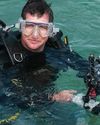
SNAP-CHAT
Justin Gilligan on giant spider crabs and holding hands with an octopus
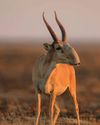
STEPPE CHANGE
Herds of saiga have returned to Kazakhstan, but there's a fine balance to tread
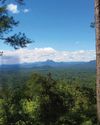
TREES FOR LIFE
Community is at the heart of conservation in the tropical forests of southern Belize
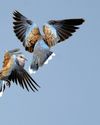
WHEN DOVES CRY
Turtle doves are now the UK's fastest declining bird species, but the RSPB is on a mission to save them

SURVIVAL OF THE CUTEST
We can't help being drawn to cute creatures, but our aesthetic preferences both help and hinder conservation
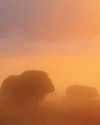
LIGHT ON THE NORTH
Spectacular images of Arctic foxes, reindeer and musk oxen reveal the wild beauty and diversity of Scandinavia
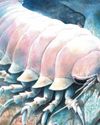
ROLLING IN THE DEEP
The super-sized crustacean that lives in the deepest, darkest ocean
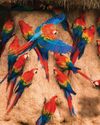
LET'S GET TOGETHER
Clay licks deep in the Amazon explode in a riot of colour, with macaws the stars of the show
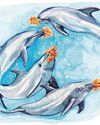
FEMALE OF THE SPECIES
To sponge or not to sponge? That is the question for the bottlenose dolphins (Tursiops aduncus) living in Shark Bay, Western Australia.
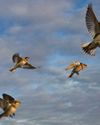
7 nature encounters for the month ahead
WITH NATURALIST AND AUTHOR BEN HOARE